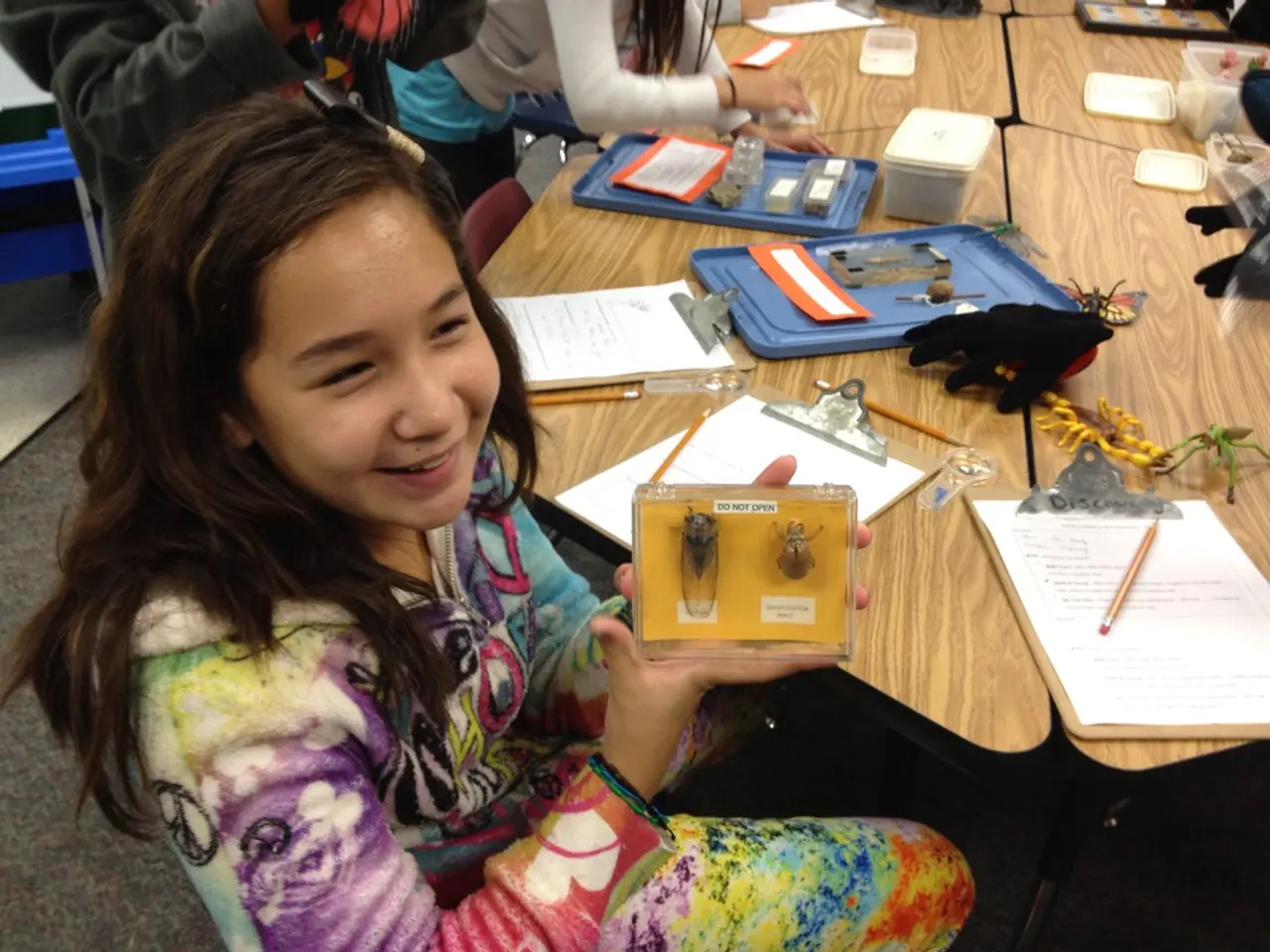Artificial Biological Networks Perform Logical Operations and Store Outcomes
In the realm of synthetic biology, genetic circuits with memory are making waves with their significant applications and promising potential. These innovative circuits are currently being utilised in environmental monitoring, biomanufacturing, and stem cell programming.
Environmental Monitoring
Engineered genetic circuits, integrated into cell-based biosensors, are revolutionising environmental monitoring. These biosensors can detect, integrate, and remember multiple environmental signals, enabling complex signal processing and improved sensing accuracy. The logic circuits built into these biosensors record exposure history, providing memory of transient or combined stimuli in the environment [1].
Biomanufacturing
In the field of biomanufacturing, synthetic genetic circuits are enabling engineered bacteria to detect environmental or internal signals, process them, and retain this information as a form of cellular memory. This memory is crucial for maintaining consistent product formation in response to fluctuating conditions or multi-step processes, improving efficiency and robustness [5].
Stem Cell Programming
Genetic circuits with memory are also proving invaluable in stem cell programming. They can control cell differentiation states by encoding epigenetic or transcriptional changes that persist over time, thereby programming stem cells to differentiate along desired lineages or to maintain specific cell states reliably. Memory mechanisms based on chromatin landscape alterations help maintain differentiated states and can be synthetically mimicked or engineered for precise stem cell control [2].
Spatial Control
Further advances include the development of synthetic dual-pole genetic circuits in bacteria that create spatial patterns of gene expression. These could be leveraged for spatial memory and complex cell differentiation programs relevant to developmental biology and tissue engineering [3].
These applications exploit the ability of synthetic circuits to retain a record of past states or exposures, enabling sophisticated cell-based systems that respond adaptively and stably in changing conditions. These biological systems can make complex decisions and adaptive responses, marking a significant step forward in the field of synthetic biology.
The technology can pave the way for smarter biological systems, with the potential to create circuits that combine memory and logic. It can be used for long-term environmental sensors, aiding in monitoring changes over time in biomanufacturing processes, and potentially detecting signs of disease. Moreover, this development can aid in programming stem cells to differentiate into various cell types, a significant advancement in the field of synthetic biology research.
- In education-and-self-development, synthetic biology's advancements in genetic circuits with memory can offer opportunities for understanding complex cellular processes, leading to improved knowledge in health-and-wellness, science, and technology.
- Biotech companies can leverage the memory capabilities of synthetic genetic circuits to optimize the production of various therapies-and-treatments, ensuring consistent quality and adaptability in response to changing environmental conditions.
- The integration of memory mechanisms into engineered cells can revolutionize health-and-wellness applications, such as creating customized therapies that adapt and improve over time, offering new possibilities for personalized and effective treatments.




